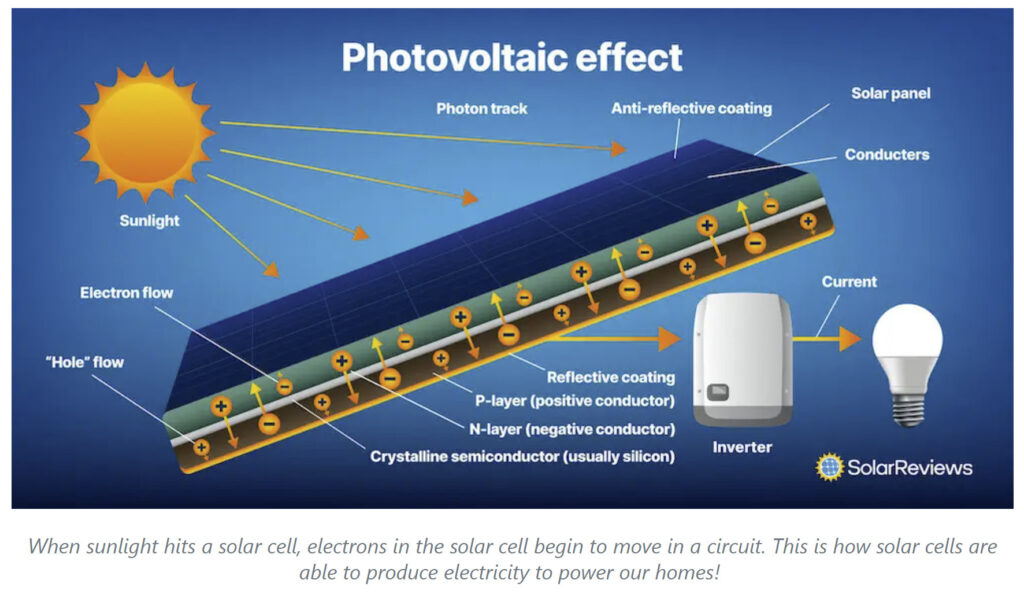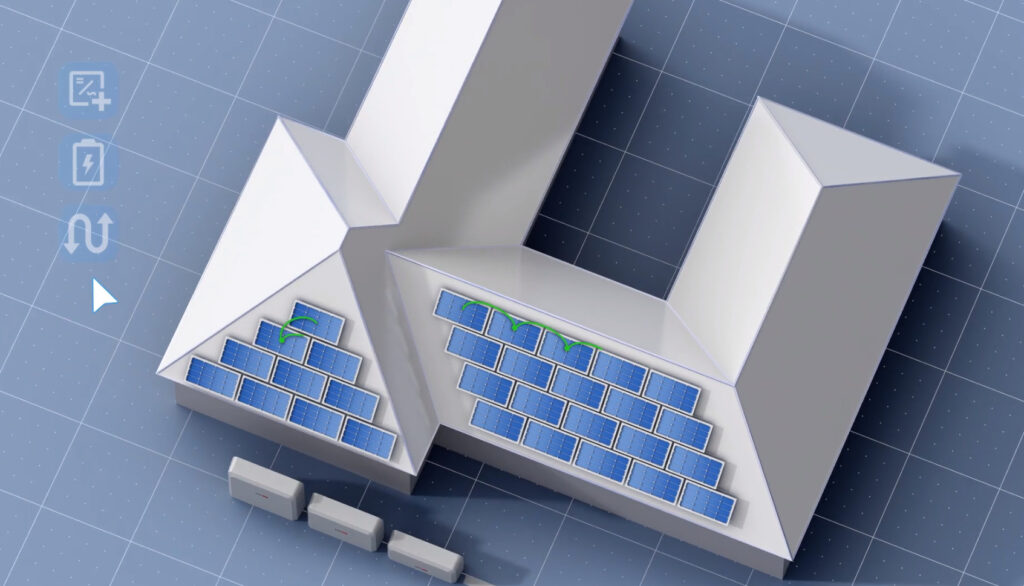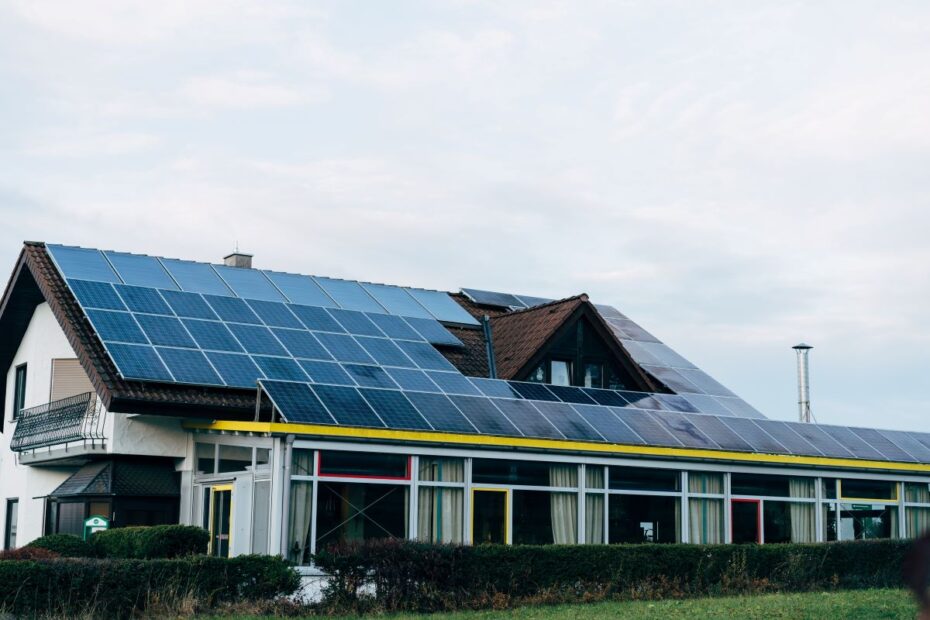There has been a lot of media coverage about clean and renewable energy along with the federal government’s drive to help America be less dependent on coal and gas. Many states, including Pennsylvania, are actively encouraging their residents, small businesses, and farms to investigate what ‘going solar’ means. But there are probably a number of questions you need answered. Below are some frequently asked questions (FAQs) about solar that should hopefully help you become better informed before making your decisions.
What Do Pennsylvanians Think About Federal Programs Addressing Clean Energy?
A recent bipartisan poll by The Nature Conservancy found broad support for clean energy funding by the government. Nearly seven in ten voters statewide and eight in ten among union households say they would take advantage of tax incentives or low-interest loans to help them afford solar panels or improve energy efficiency if they qualified. Other findings from the poll include:
- Pennsylvanians feel that climate change is happening and that something should be done to address it.
- Air quality, public health, and energy reliability will most likely benefit from a transition to clean energy.
- Most Pennsylvania voters want to increase clean energy production.
- There is strong support for providing tax incentives for wind and solar installations on brownfields, especially among union households.
According to Lori Brennan, Executive Director, of The Nature Conservancy in Pennsylvania and Delaware, “This poll shows that statewide, there is broad support for a range of policies to address energy issues and reduce emissions. Pennsylvanians want to seize opportunities to leverage our state’s strong history of industrial innovation to power the clean energy economy of the future. One that benefits people and nature.”
How Do Solar Panels Work?
The photons from the sun that are hitting the earth’s surface all day long are the key to answering how solar panels work. Each PV cell has a negative and a positive layer. The negative layer has extra electrons and the positive layer has space for those electrons. Electricity is moving electrons, so for a solar panel to generate electricity, just a small amount of energy is needed to bump those electrons loose so they will flow from the negative layer to the positive layer. The energy from those photons knocks loose the electrons in the negative side of the photovoltaic (PV) cell and gets them moving, which means we now have electricity flowing. This is called the Photovoltaic Effect. The pathway created for the electrons is called a circuit.
Solar panels produce Direct Current (DC) electricity, but the electricity generation that we use in our homes is Alternating Current (AC). Then, the inverter converts the DC power to AC power. The inverter is key in determining how solar panels work because, without an inverter in our PV system, we can’t do much with the power generated from the solar panels.

A solar photovoltaic (PV) system is a power system designed to supply usable solar power by means of photovoltaics. A solar panel is a collection of many PV cells that are covered with protective glass and held together with a metal frame. This is why the official name for a solar panel is “PV module.” These PV solar cells are made of semiconductor material, typically silicon, that is sliced very thin. To withstand the outdoors for many years, cells are sandwiched between protective materials to make a PV module or panel.
Individual panels are arranged into an array. Mounting hardware fastens the array to either a rooftop or groundmount system properly and directionally to catch the sunlight. The DC electricity produced is then converted to AC, via an inverter. Everything from our electric distribution grid to our buildings, and our appliances operate on AC.
How do I know if my home or business is suitable for solar?
The best location for a roof-mounted solar PV system is a south-facing roof with little to no shading from nearby trees, chimneys, or other obstructions. Any shading on the PV system can reduce energy output, so it is important to assess the locations of current trees and buildings as well as that of other obstructions that may exist down the road. Advances in solar panel and inverter technologies can allow homes with east or west-facing roofs and moderate shading to benefit from solar PV as well.
Analysis
During an on-site home visit, an experienced installer will evaluate your home’s solar potential, conduct a shading analysis, and let you know if there are any obstacles. They will also calculate the size of the system that you will need based on your electricity use and the amount of solar that your roof (or yard, if you’re interested in a ground mount system) can accommodate. They also have sophisticated software that can determine the optimal layout of solar panels based on your roof size and shape.

How Much Do Solar Panels Cost?
According to the Energy Sage website, the average cost of a solar panel installation in 2023 ranges from $17,430 to $23,870 after taking into account the federal solar tax credit, with an average solar installation costing about $20,650. On a cost-per-watt ($/W) basis, solar panel prices in 2023 average $2.95/W (before incentives). This data comes from their marketplace data from thousands of users across 37 states. However, solar installations are a unique product and can vary in price depending upon your state as well as the manufacturer of the panels you choose. The price you pay for solar depends on a number of factors, including system size, panel brand and quality, panel size, your roof configuration, permitting and interconnection fees, and the installation company.
Solar panels should be thought of more as an investment than a single product you buy. On average, it takes 8.7 years to earn back the money you spend upfront on installing solar panels. This is known as the solar payback period, the point at which you break even on your solar investment. Your payback period depends on a few factors, including your electricity rates and your energy usage. But as energy rates continue to rise, the shorter your payback period will be.
Costs in Pennsylvania
As of September 2023, the average solar panel cost in Pennsylvania is $3.02/W. Given a solar panel system size of 5 kilowatts (kW), an average solar installation in Pennsylvania ranges in cost from $12,835 to $17,365, with the average gross price for solar in Pennsylvania coming in at $15,100. After accounting for the 30% federal investment tax credit (ITC) and other state and local solar incentives, the net price you’ll pay for solar be reduced further. Over 20 years you can expect to save $25,767 by installing an average-sized solar system (assuming you pay upfront with cash).

What are SRECs and AECs?
In response to climate change affecting their economies, many state governments have created renewable energy standards to promote the switch to clean energy. Some of them are known as Solar Renewable Energy Credits, or ‘SRECs’. SRECs are ‘certificates’ that represent all of the positive environmental impacts of generating clean solar energy. One SREC is generated for every megawatt-hour (MWh), or 1,000 kilowatt hours (kWh) of solar electricity a solar panel system generates. Utilities purchase SRECs in order to meet state regulations called Renewable Portfolio Standards (RPS) which require utilities to generate a portion of their electricity from a renewable energy resource, including solar. SRECs are sold independently from electricity. Typically, your solar installer will register your solar panel system with an SREC tracking system so that you can start generating SRECs.

AECs
In some states, like Pennsylvania, these are also Alternative Energy Credits or ‘AECs’. The Alternative Energy Portfolio Standard Act of 2004 mandates that all electric companies and suppliers must obtain 18% of their electricity from clean energy sources by 2021; 0.5% must be derived from solar. Companies must purchase alternative energy credits (AECs) to meet their quota. As of March 2023, the bid pricing for 1 megawatt-hour of renewable energy has reached $47 per AEC. These prices are subject to change based on the current market. Pennsylvania homeowners can make back their money with solar by generating these AECs and selling them to the utilities. In Pennsylvania, as part of the AEPS program, operators of a solar PV system must apply to the PUC’s Alternative Energy Credit Administrator to be qualified as an alternative energy facility. More information is available on the PUC website at www.puc.pa.gov by clicking on Electricity, then Renewable Energy, then Alternative Energy, then AEPS Website.
